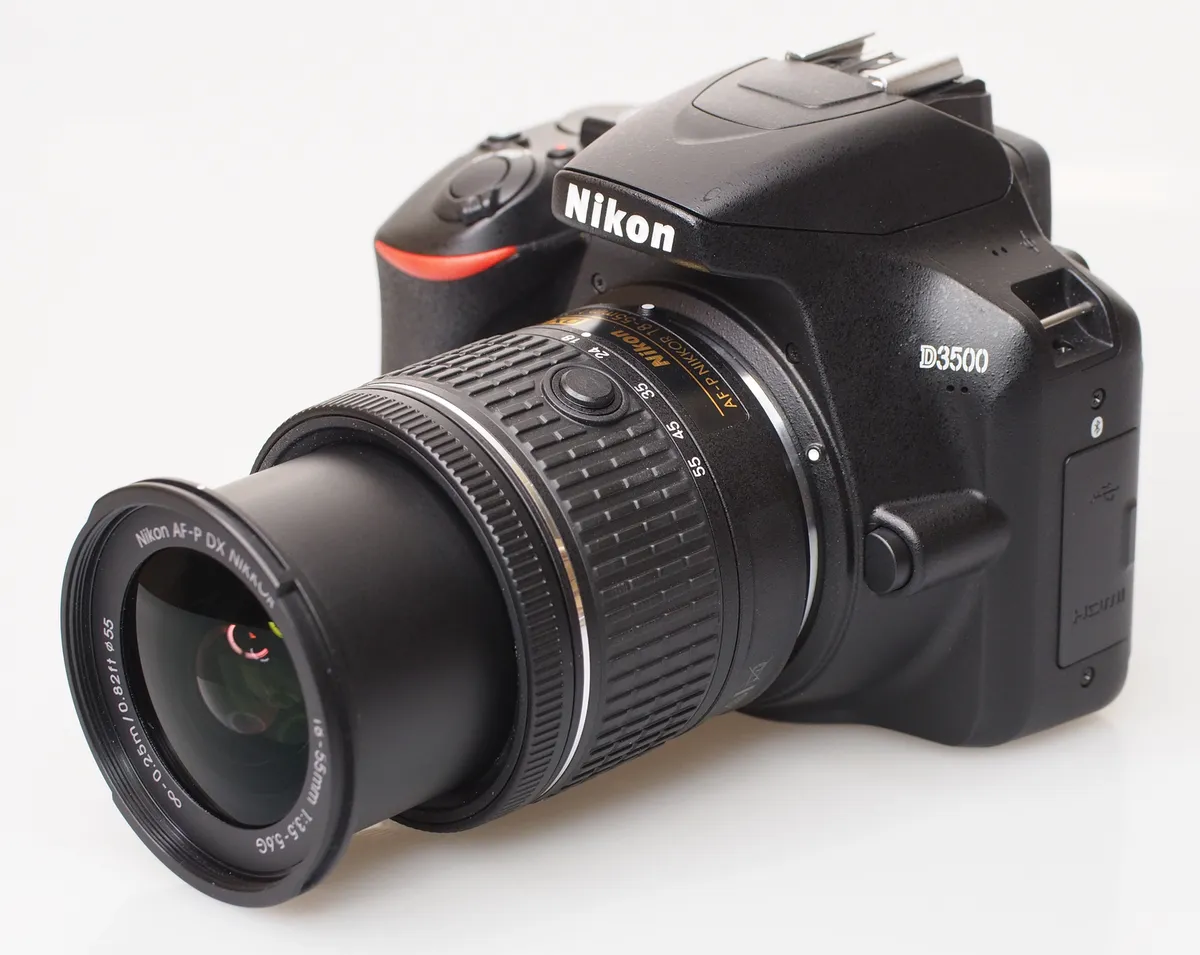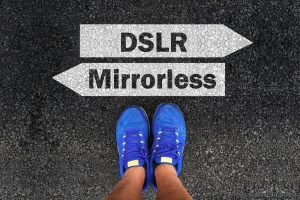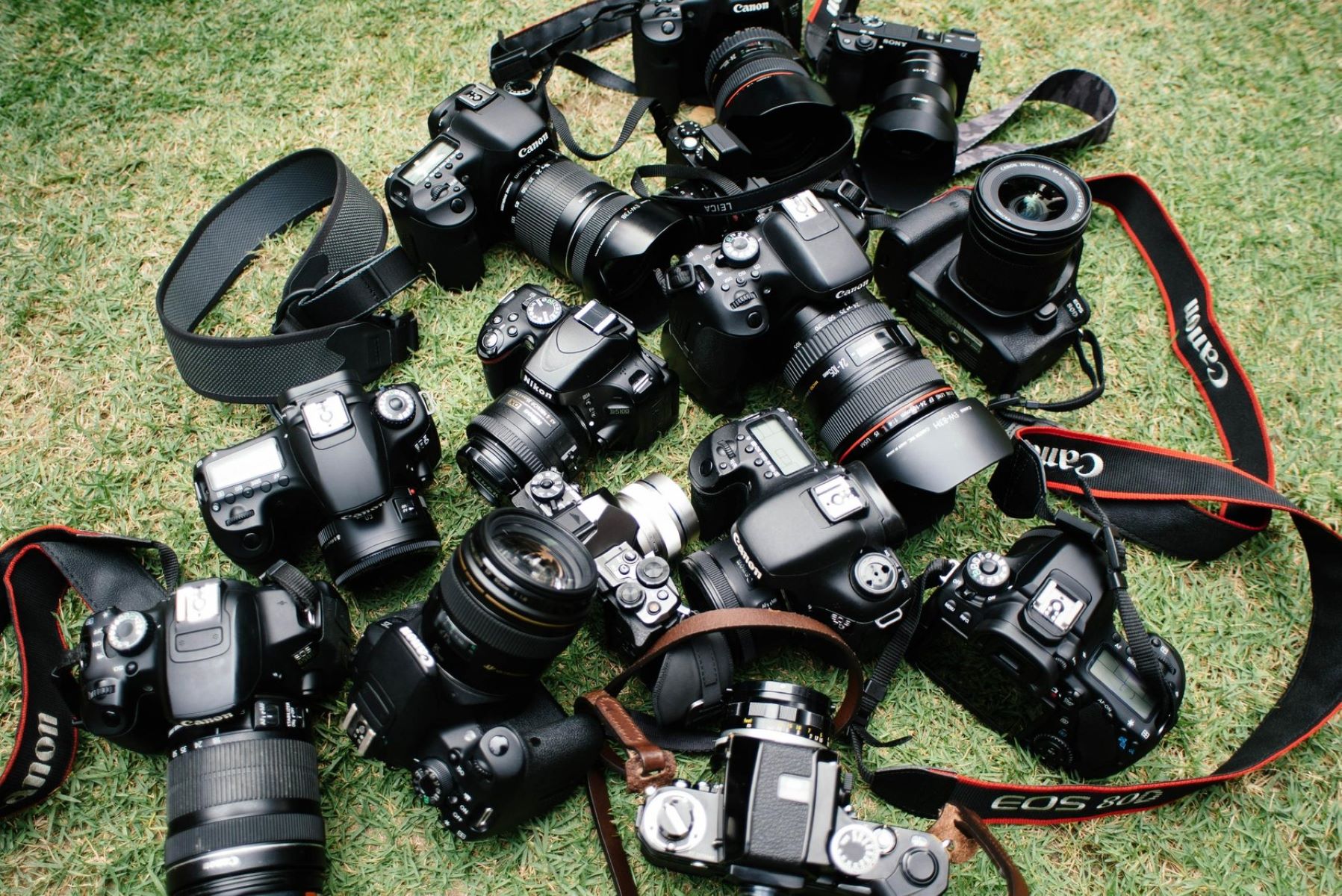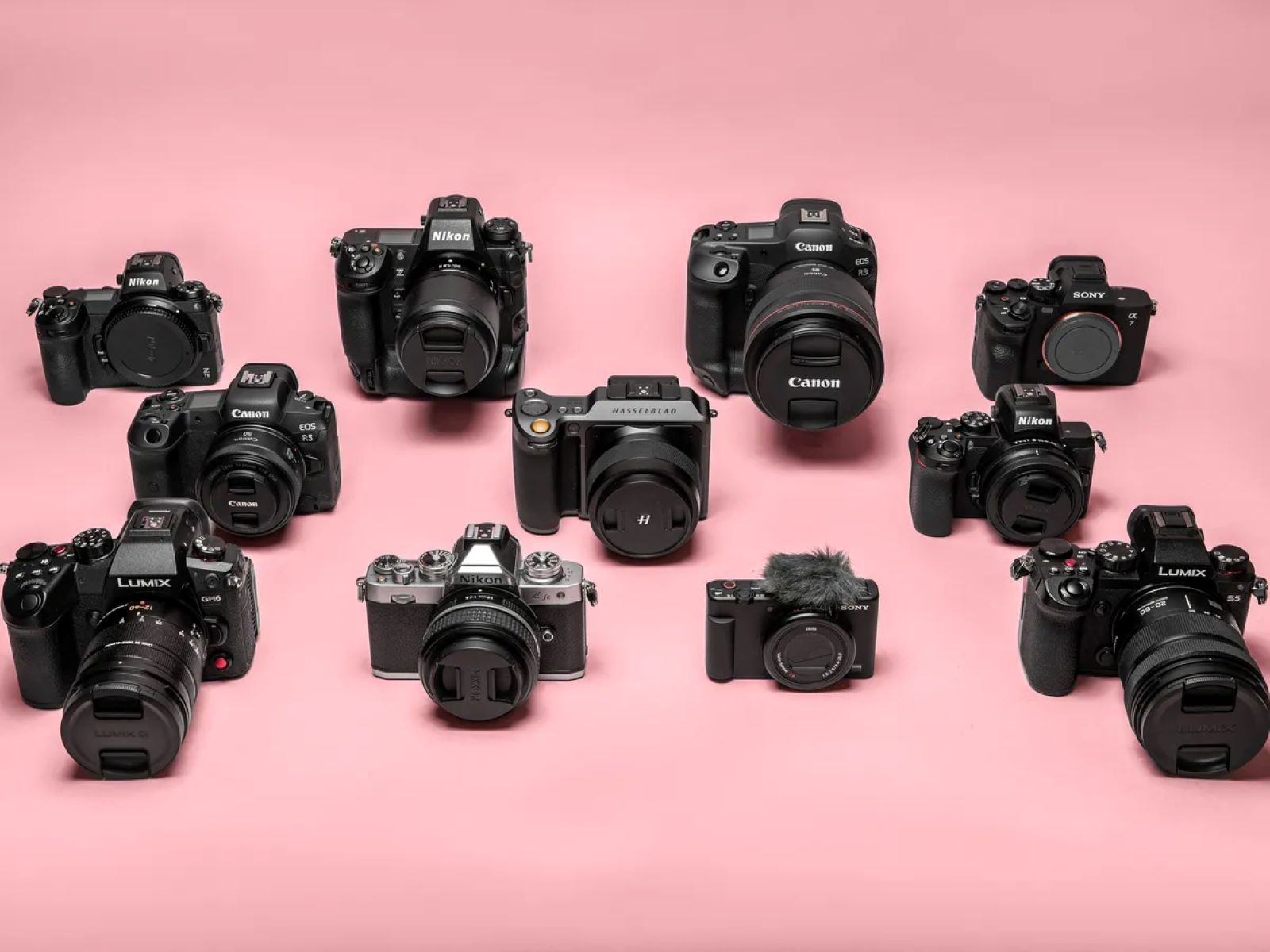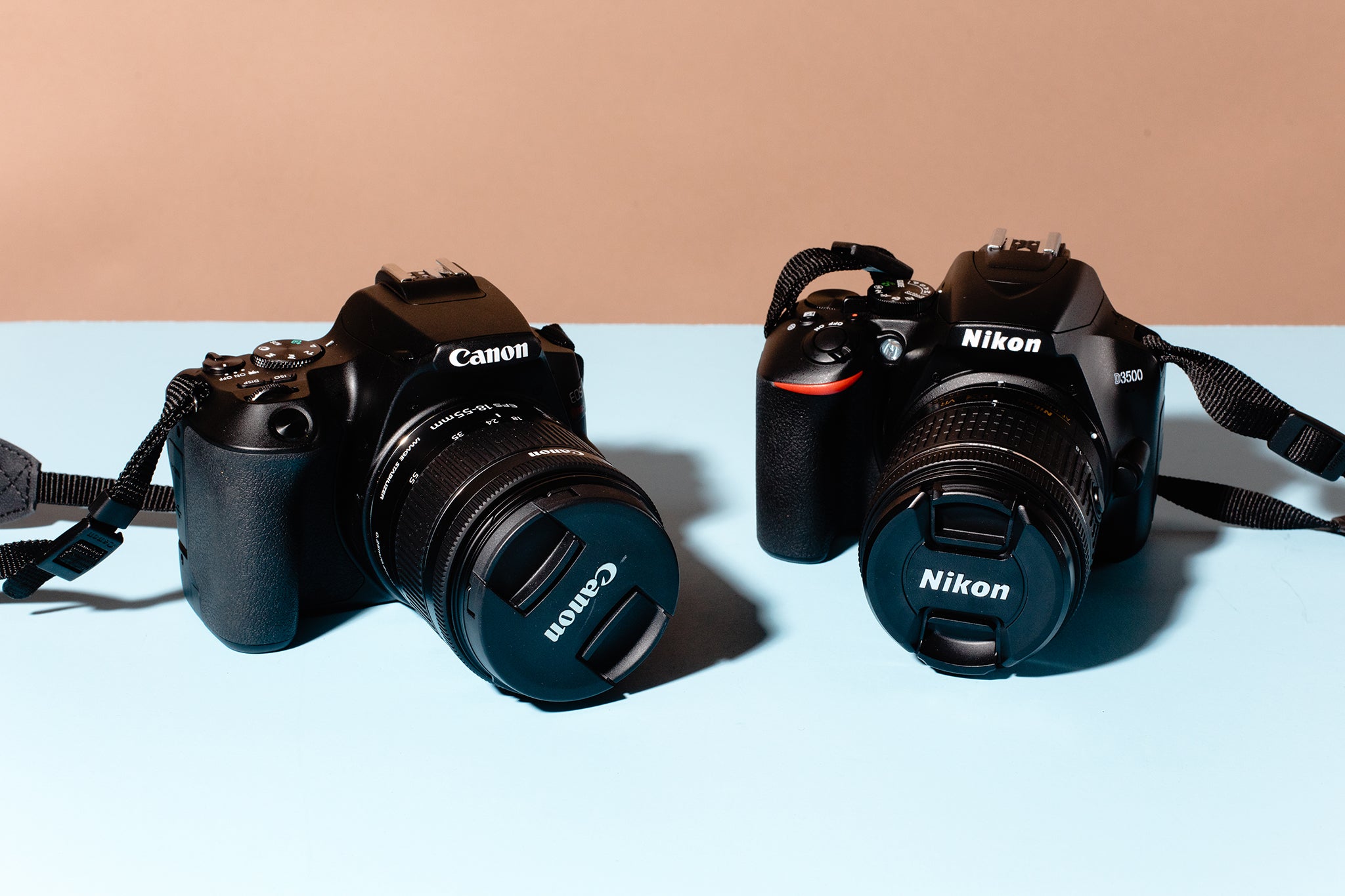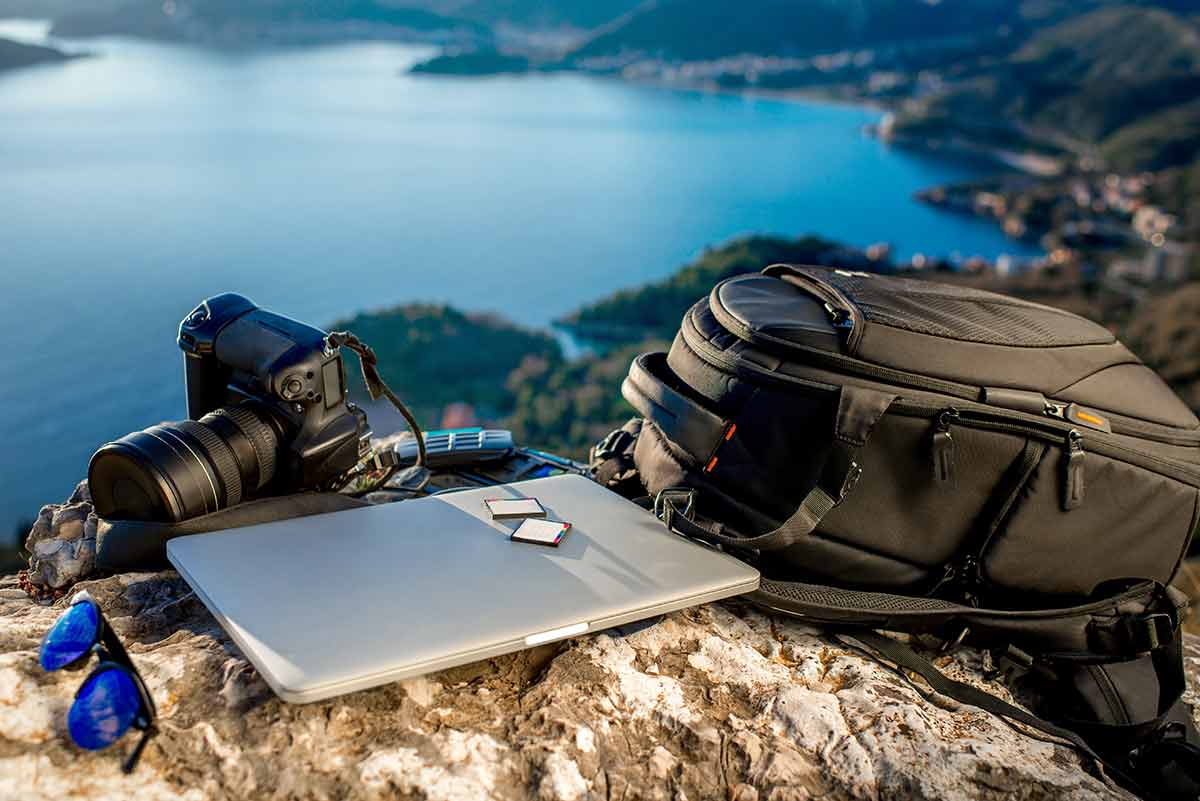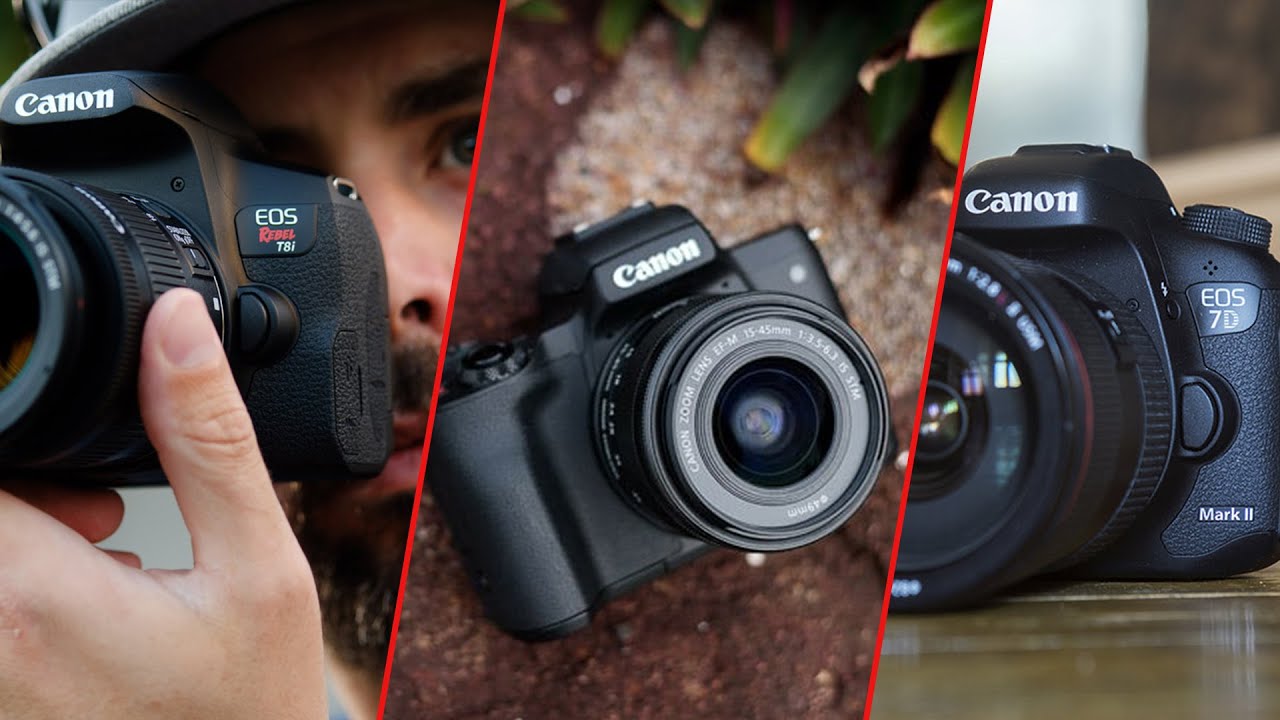Introduction
Welcome to this guide on how to download videos from the Nikon D3500! The Nikon D3500 is a popular DSLR camera known for its high-quality image and video capabilities. Whether you’re a professional videographer or a hobbyist, having the ability to transfer your videos from the camera to your computer is essential for editing, sharing, and preserving your precious moments. In this article, we will explore different methods that you can use to download videos from your Nikon D3500.
Transferring videos from your Nikon D3500 to your computer can be done using various methods, including the USB cable, SD card reader, Nikon SnapBridge app, or third-party software. Each method has its advantages and requirements, so it’s important to choose the one that best fits your needs and preferences.
Before we dive into the different methods, it’s worth mentioning that the Nikon D3500 records videos in the MOV format, which is a popular video file format used by Nikon cameras. MOV files are widely compatible, so you should have no trouble playing them on most video players and editing software.
Now that we have a basic understanding of the Nikon D3500 and its video capabilities, let’s explore each method in detail. Whether you’re a beginner or an experienced user, this guide will help you successfully download videos from your Nikon D3500.
Method 1: Transferring Videos Using USB Cable
One of the simplest and most straightforward methods to download videos from your Nikon D3500 is by using a USB cable. This method allows you to connect your camera directly to your computer and transfer the videos without the need for any additional tools.
Here’s how you can transfer videos using a USB cable:
- Turn off your Nikon D3500 and make sure that it has sufficient battery power.
- Locate the USB port on your camera. It is usually located on the side or back of the camera and is labeled as “USB.”
- Connect one end of the USB cable to the camera’s USB port and the other end to a USB port on your computer.
- Turn on your Nikon D3500.
- Your computer should recognize the camera as a removable storage device. If prompted, select the option to “Open Folder to View Files.”
- Navigate to the folder where your videos are stored on the camera. Typically, they are located in a folder named “DCIM.”
- Select the videos you want to transfer and copy them to a location on your computer.
- Once the transfer is complete, safely disconnect the USB cable from both the camera and the computer.
Ensure that you do not disconnect the USB cable or turn off the camera during the transfer process to avoid any potential data loss or corruption of the videos.
This method is suitable for users who prefer a direct and simple way to transfer videos without the need for additional equipment. However, it may not be the fastest method, especially when dealing with large video files. If you have a large number of videos or high-resolution footage, consider using alternative methods such as an SD card reader or the Nikon SnapBridge app for faster transfers.
Now that you know how to transfer videos using a USB cable, let’s explore another method of transferring videos from your Nikon D3500.
Method 2: Using SD Card Reader
If you prefer a faster and more convenient method of transferring videos from your Nikon D3500, using an SD card reader is a great option. An SD card reader allows you to remove the SD card from your camera and directly plug it into your computer for quick and efficient file transfer.
Here’s how you can transfer videos using an SD card reader:
- Power off your Nikon D3500 and remove the SD card from the camera.
- Insert the SD card into the SD card slot on your computer’s SD card reader.
- Your computer should recognize the SD card as a removable storage device and display its contents.
- Navigate to the folder where your videos are stored on the SD card. Typically, they are located in a folder named “DCIM.”
- Select the videos you want to transfer and copy them to a location on your computer.
- Once the transfer is complete, safely remove the SD card from the card reader.
Using an SD card reader offers several advantages. It allows for faster transfer speeds compared to using a USB cable, especially when dealing with large or high-resolution video files. Additionally, having a separate SD card reader can free up your camera for other tasks while transferring videos.
Most modern computers have built-in SD card readers, but if your computer doesn’t have one, you can purchase an external SD card reader that connects to a USB port on your computer.
Now that you know how to transfer videos using an SD card reader, let’s move on to another method – transferring videos via the Nikon SnapBridge app.
Method 3: Transferring Videos via Nikon SnapBridge App
If you’re looking for a wireless solution to transfer videos from your Nikon D3500, the Nikon SnapBridge app is the perfect tool. The SnapBridge app allows you to easily connect your camera to your smartphone or tablet and transfer videos wirelessly.
Follow these steps to transfer videos using the Nikon SnapBridge app:
- Download and install the Nikon SnapBridge app on your smartphone or tablet from the App Store or Google Play Store.
- Ensure that your Nikon D3500 has Wi-Fi functionality and that it is properly enabled.
- Open the SnapBridge app on your mobile device and follow the instructions to connect your camera to the app via Wi-Fi.
- Once connected, you will have access to various camera functions and settings through the app.
- Navigate to the “Gallery” or “Media” section in the SnapBridge app, where you will find your camera’s photos and videos.
- Select the videos you want to transfer and choose the option to download or save them to your mobile device.
The Nikon SnapBridge app offers a convenient way to transfer videos wirelessly, allowing you to access and share your footage directly from your smartphone or tablet. It also provides additional features such as remote shooting, automatic image transfers, and camera firmware updates.
It’s important to note that using the Nikon SnapBridge app requires a stable Wi-Fi connection between your camera and mobile device. Make sure both devices are connected to the same Wi-Fi network for seamless operation.
Now that you’re familiar with transferring videos using the Nikon SnapBridge app, let’s explore another method – using third-party software.
Method 4: Using Third-Party Software
If you prefer more advanced control and flexibility in transferring videos from your Nikon D3500, using third-party software is a viable option. There are various software programs available that are specifically designed for managing and transferring files from DSLR cameras.
Here’s how you can transfer videos using third-party software:
- Search and choose a trusted third-party software program that is compatible with your Nikon D3500 and your computer’s operating system.
- Download and install the software on your computer following the provided instructions.
- Connect your Nikon D3500 to your computer using a USB cable.
- Launch the third-party software and follow the on-screen prompts to establish a connection with your camera.
- Once your camera is recognized by the software, you will have access to the videos stored on your Nikon D3500.
- Select the videos you want to transfer and choose the option to download or save them to your desired location on your computer.
Using third-party software can provide additional features like batch transfer, advanced file management, and even advanced video editing capabilities. These software programs are often preferred by professional photographers and videographers who require more advanced tools for their workflow.
It’s important to choose a reputable third-party software program and ensure it is compatible with your Nikon D3500 to avoid any compatibility or functionality issues.
Now that you know how to transfer videos using third-party software, you have explored all the methods available for downloading videos from your Nikon D3500.
Conclusion
Transferring videos from your Nikon D3500 to your computer is an essential step in managing and preserving your footage. In this guide, we explored four different methods for downloading videos from your Nikon D3500: using a USB cable, an SD card reader, the Nikon SnapBridge app, and third-party software.
Using a USB cable offers a simple and direct way to transfer videos, while an SD card reader provides faster transfer speeds and convenience. The Nikon SnapBridge app allows for wireless transfers and seamless integration with your mobile device, while third-party software offers advanced features and capabilities.
Each method has its advantages and considerations, so it’s important to choose the one that best suits your needs and preferences. Whether you’re a beginner or an experienced user, these methods provide you with various options to transfer your videos effectively.
Remember to follow the specific instructions for each method to ensure a successful transfer. Always handle your camera and SD card with care to avoid any damage or data loss during the transfer process.
Ultimately, the choice of method depends on your requirements, equipment availability, and personal preferences. It’s recommended to experiment with different methods to determine which one works best for you.
Now that you know how to download videos from your Nikon D3500, you can easily transfer and manage your footage for editing, sharing, and preserving your precious memories.







